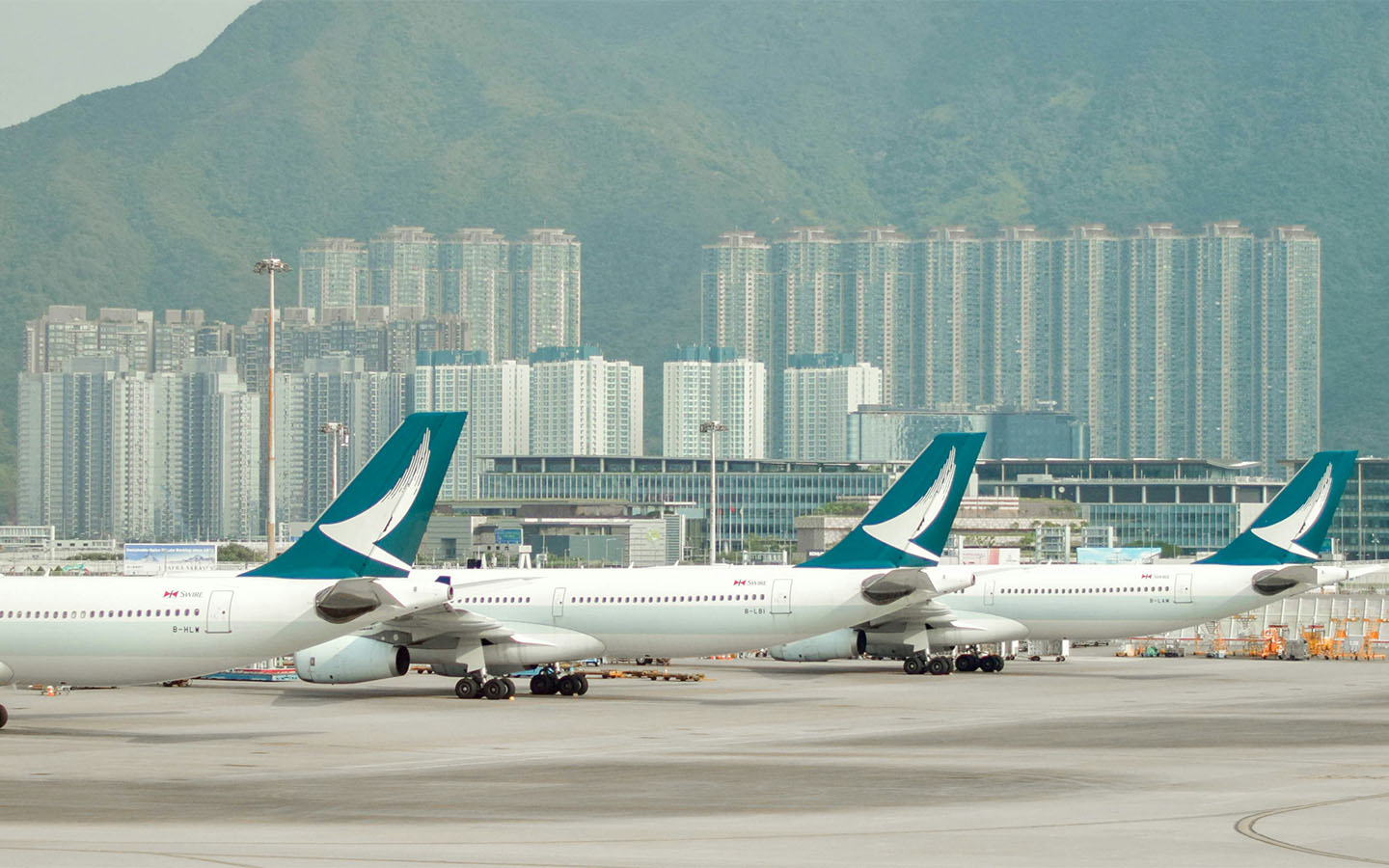Cathay Pacific has returned to profitability for the first time since 2019, according to its 2023 financial report, registering a profit of HK$9.78 billion (US$1.25 billion) last year.
This figure represents a difference of HK$16.41 billion (US$2.1 billion) in comparison to the pandemic year of 2022, which saw the airline HK$6.54 billion (US$836.03 million) in the red.
The strong performance marks a return to form for Hong Kong’s flagship airline, and is the company’s highest profit since 2010, when it recorded a figure of HK$14 billion (US$1.79 billion).
The new total is also higher than the average forecast of HK$8.67 billion (US$1.11 billion),
made by nine analysts in a recent survey.
According to Cathay Pacific’s chair, Patrick Healy, the company’s robust financial performance in 2023 was assisted by the significant post-pandemic demand for travel, which resulted “in high yields.”
[See more: Only 10 to 15 percent growth in airport passenger volume is expected this year]
As a result of the financial gains, Cathay has stated that it will make dividend payments of HK$0.43 per share to shareholders – the first since 2019. An internal company memo cited by TDM reportedly said that eligible employees would also be receiving 7.2 weeks’ worth of bonus pay.
Despite the financial bounce back, Cathay is still facing staff shortages and insufficient flight capacity, which led to a string of cancellations during recent peak periods.
At a press conference earlier this week, the airline’s CEO, Ronald Lam, said it would take around two years for the company to fully rebuild its capacity and that “within Q2 2024, we will build back 80 percent of our passenger flights.”
As part of its plans, Cathay aims to increase its number of employees by 5,000 people in 2024, an increase of 20 percent. However, it does not anticipate reaching full capacity until the first quarter of 2025.






